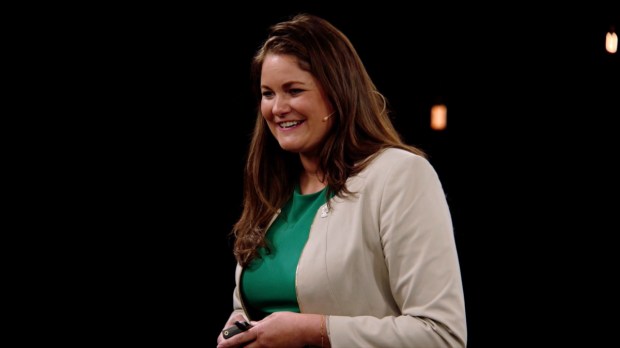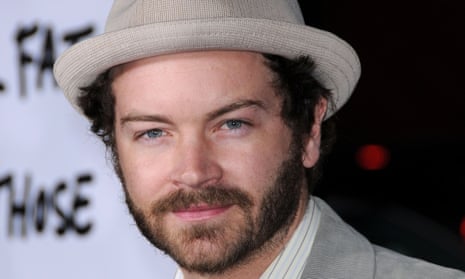EXCERPT
ATOMIC CALIFORNIA
A strange desert road trip on the trail of the father of American rocketry.
PARSONS WAS EXPELLED FROM THE JPL FOR DANGEROUS WORKING PRACTICES AND HIS “MYTHIC LOVE CULT”
Jack Parsons was not just a rocket scientist. As a young man he’d read James Frazer’s The Golden Bough, which described ritual magic as far removed from science: Both offered an opportunity to “touch the secret springs that set in motion the vast and intricate mechanism of the world.”
Frazer’s message sparked Parsons’ imagination. He and his wife Helen started exploring the burgeoning spiritual landscape of 1930s Los Angeles, a city then undergoing a boom in alternative religious beliefs. In 1939, he attended a gnostic mass at the Church of Thelema, a ceremonial magical group that started in Europe in the early 1900s. Thelema’s founder, Aleister Crowley—described in the media as “the wickedest man in the world”—defined “magick” (with a ‘k’ to distinguish it from stage magic) as “the Science and Art of causing Change to occur in conformity with Will,” and rituals saw participants summoning deities rooted in ancient Egyptian beliefs. Only three years after this experience, Parsons was leading the U.S. branch of the organization from a mansion on Orange Grove Avenue, living alongside future Scientology founder L. Ron Hubbard.
In his teens, Parsons and his friend Ed Forman built balsa-wood rockets, fueled first by firework powder and then stronger explosives, and headed out into the desert to blow them up. Reaching out to other rocketry enthusiasts at the very beginning of this nascent science, they managed to wheedle their way into Caltech to create the Rocket Research Group, where Parsons could start blowing things up for a living. His expertise lay not in the physics or the construction of rockets, but in the explosives themselves, blending and experimenting with chemicals to create explosions that could be directed and controlled, powering jet engines for lift-off.
Yet by the 1940s, Parsons was starting to become sidelined from the rocketry research he’d helped start; never a formally trained scientist, the abstractions of engineering modeling and calculation were not his strong suit. It got worse: In 1944 he was expelled from the JPL for haphazard and dangerous working practices, and the growing infamy of his involvement in what colleagues described as a “mythic love cult.” His relationship with his wife Helen had broken up, and his subsequent affair with her sister Betty ended too when she left him for L. Ron Hubbard.
Left adrift, Parsons poured his energies into magical practice. In late 1945 he began a series of rituals to manifest an “elemental mate,” a magical feminine being to replace and supersede Betty. His biographer George Pendel describes the rituals as ornate: the room dark and the air thick with incense; Prokofiev’s 2nd violin concerto playing on the gramophone; and magical symbols arranged around the room in a pentagram. Parsons traced shapes in the air with a dagger and chanted invocations in a mixture of English and Enochian, a sixteenth century “language of the angels.” He documented every step with the same meticulous dedication he’d applied to rocketry experiments, though the effects didn’t seem much at first: knocking sounds, a wind storm, a table lamp mysteriously thrown across a room.
But then a more tangible result: A woman turned up at the door of Parson’s Pasadena mansion, a 23-year-old artist and illustrator named Marjorie “Candy” Cameron. He credited her materialization to his rituals, which only heightened his fervor. Parsons now believed he could incarnate a goddess on earth: Babalon, the Scarlet Woman, sacred whore and “true mistress of The Beast,” as described by Aleister Crowley in The Book of the Law, Thelema’s central sacred text.
On February 28, 1946, Parsons returned to the desert for the Babalon Working, a ritual he hoped would be his great achievement on earth.
The site of the Babalon Working ritual is disputed. Parsons’ biographers place it in the Mojave Desert, yet occultist forums, desirous of synchronicities, suggest it happened on the site of what is now Area 51. Four hundred miles of California and Nevada desert was littered with resonant sites, and we decided to trace a line between them, to circle round the context of the man, before coming back into Los Angeles to conclude our trip where the Parsons story ended, in Pasadena.
We began by journeying up to Nevada to blow things up in the desert ourselves. Brad had a friend, Joel, a mine explorer living just north of Reno. Joel had guns. And he knew a good place to go shoot them.
We headed southwest on Route 50—“the loneliest road in America”—into the night. It was three hours before we reached our destination in the Lodi Valley, bumping down a corrugated dirt road and searching by beams of torchlight for the track up to the mine Joel planned for us to camp. We set up in the pitch dark. We cleared the dry-as-tinder sagebrush from the ground, dragged rocks off the hillside to make a firepit, and built a blaze. Then, buzzed on adrenaline and 17-year-old Lagavulin whisky, lit only by firelight and head torch, Joel taught me how to shoot a 12 gauge tactical shotgun. The sound echoed off the hillside and into the black night.












